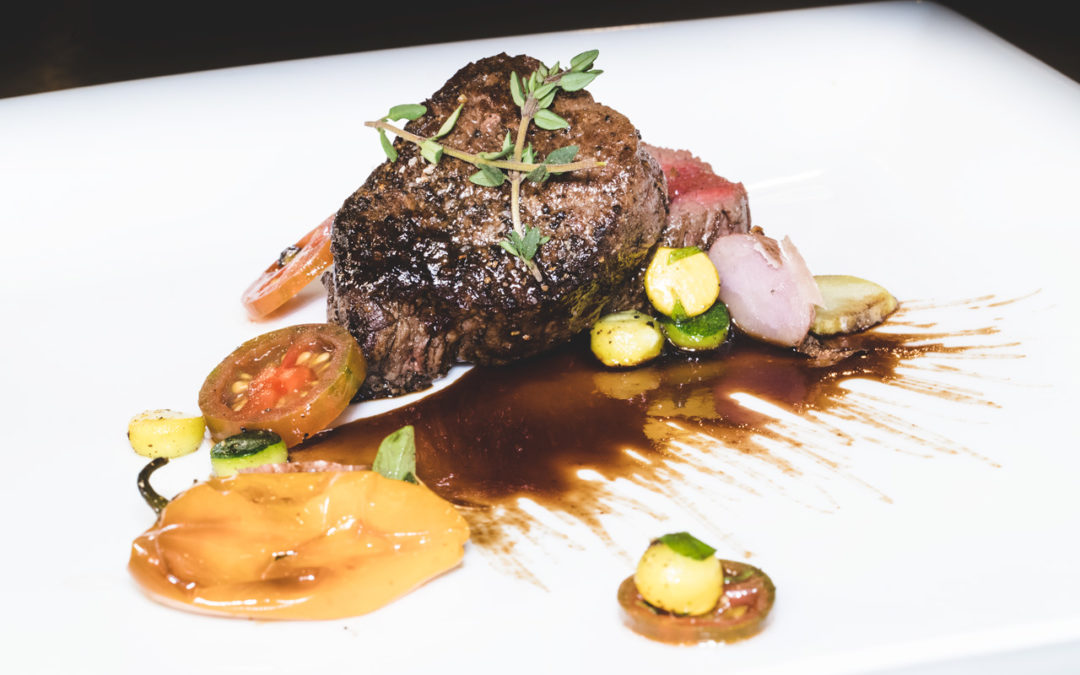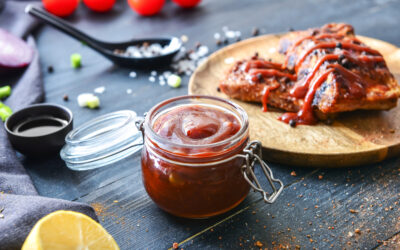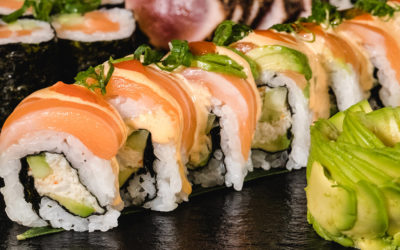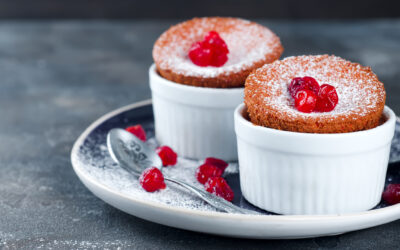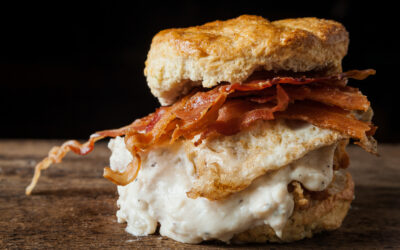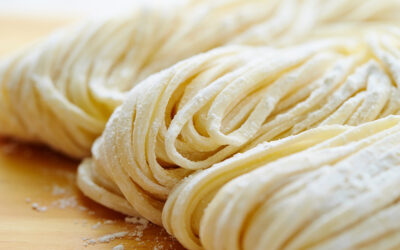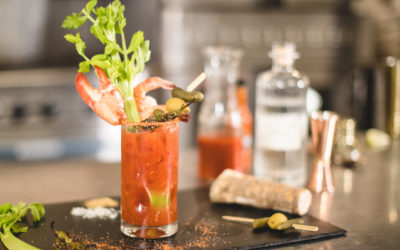What Wine Should I Use to Make Bordelaise Sauce?
The best wine to use for bordelaise sauce is Bordeaux Wine. The fruit and full-bodied flavors blends itself well. The wine helps the meat to tenderize as it slowly cooks in the pan. It also adds an acidic note to the sauce, which helps cut through the meat’s richness.
Can I Use a Regular Onion Instead of Shallots?
Shallots is a type of onion but with a more mild flavor than regular onions. The traditional sauce consists of the use of shallots. Shallots place an important role to the sauce as it helps it to not overpower other ingredients. They add a sweetness and spice to the dish. One thing to keep in mind when replacing shallots with onions is the difference in flavor. The use of onion will overpower the other ingredients with its strong flavor.
What Pairs Well With a Bordelaise Sauce?
It’s imense roasty depth flavor makes it ideal to pair with red meats. A small drizzle of boardelaise sauce goes a long way. This sauce is generally served on beef tenderloin, filet mignons, or sirloin steak. The sauce can also be enjoyed with other types of meat that compliment the wine.
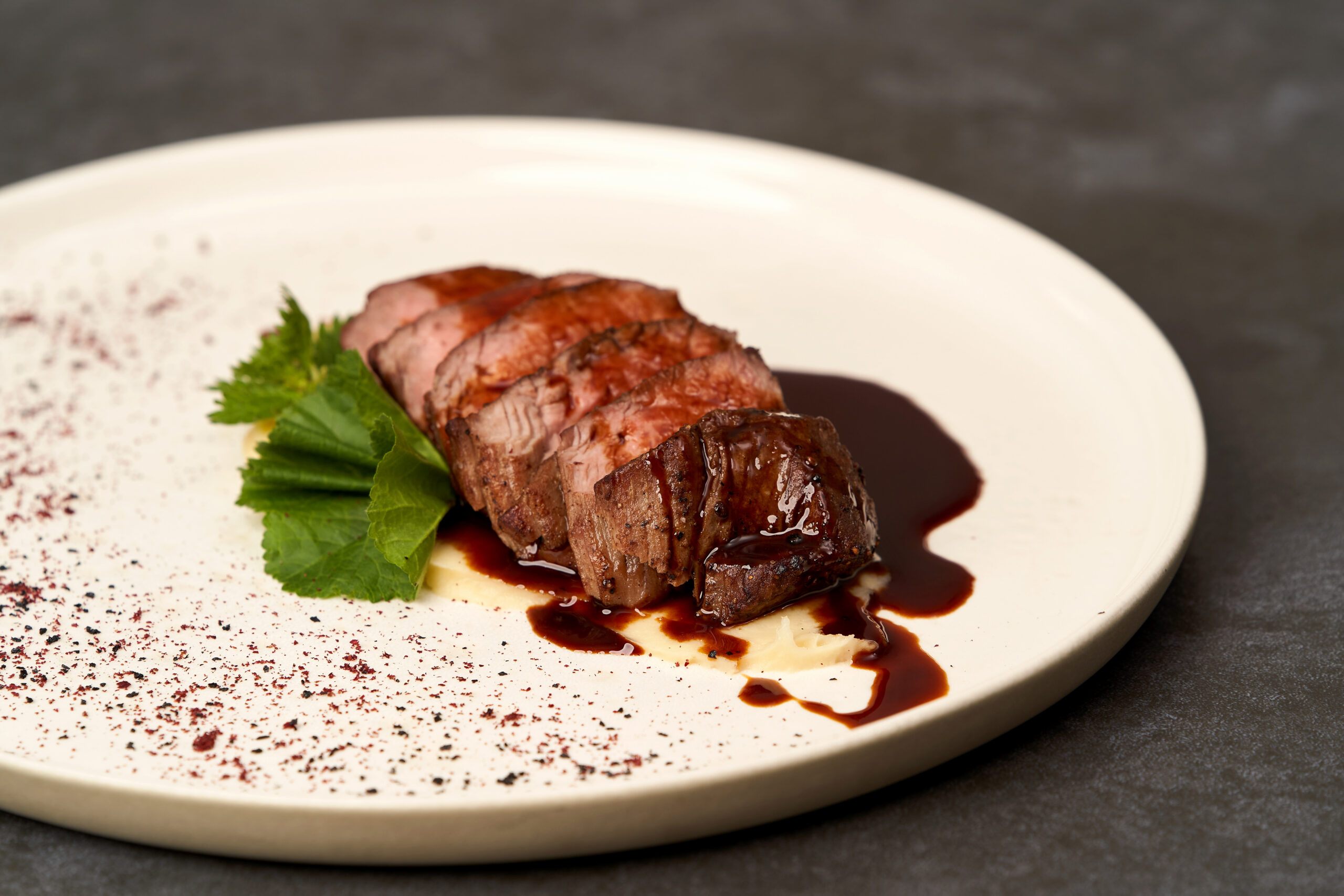
Alumni Story: Caitlyn Halcomb
Discover how to be affective leader in the kitchen. Learn the chef’s essential leadership qualities and implement them for success.
How to Be an Effective Leader in the Kitchen
Discover how to be affective leader in the kitchen. Learn the chef’s essential leadership qualities and implement them for success.
Books All Chefs Should Read, According to Professional Chefs
Contrary to what some people may believe, becoming a chef – least of all an excellent one – isn't...
The Highest Paying Culinary Jobs and Positions
The culinary world can be an exciting industry that many hope to join in the future. If you’re...
Method
Simmering
Time
20 Mins.
Serves
4
Ingredients
________________
- 3/4 cup Dry Red Wine
- 2 oz Shallots, finely chopped
- 1/4 tsp. Dried Thyme
- 1 Bay Leaf
- 2 cups Beef Stock
- 1 tsp. Salt
- 1 tsp. Ground Black Pepper
- 1 tsp. Butter, cold
Instructions
________________
Step 1
Gather the ingredients.
Step 2
In a small saucepan, place the red wine, shallots, thyme, and bay leaf and set over medium heat.
Step 3
Bring the mixture to a rolling boil and continue to cook to reduce the contents to half of the original volume.
Step 4
Add the beef stock to the pan and bring the mixture up to a boil again.
Step 5
Skim and discard any foam that appears on top of the sauce using a tablespoon.
Step 6
Continue cooking the bordelaise until it has thickened enough to coat the back of a spoon—otherwise known as having a nappe consistency. To check, simply dip a tablespoon into the sauce and swirl it around. Lift the spoon and flip it over to look at the back. The sauce should have coated the spoon but if it quickly runs off, it is not yet thick enough and needs to be cooked more.
Step 7
Pour the sauce through a fine-mesh sieve.
Step 8
Season the sauce with salt and pepper, to taste.
Nutrition Information
Calories
60
Total Fat
1.5g
Saturated Fat
0.7g
Cholesterol
2mg
Carbohydrates
8.6g
Protein
3g
More Recipes
HOW TO: Mother Sauces
CSFTW Chef Instructor Mark Hitri demonstrates the proper technique for making the five French mother sauces.
Maki Sushi Recipe
Learn how to hand-roll and prepare a sushi roll.
Raspberry Soufflé with Raspberry Coulis
Homemade delicious and easy raspberry souffle with a raspberry coulis.
Country Biscuits
Light and fluffy, melt-in-your-mouth herbed country biscuits are seasoned with savory herbs.
Fresh Pasta
Learn how to make fresh pasta, it is as easy as 1-2-3.
Seafood Extravaganza Bloody Mary
Looking for a spicy meal? Try this seafood extravaganza. It is both a drink and a meal!
